Bright and Heavy SUMMILUX R 35mm
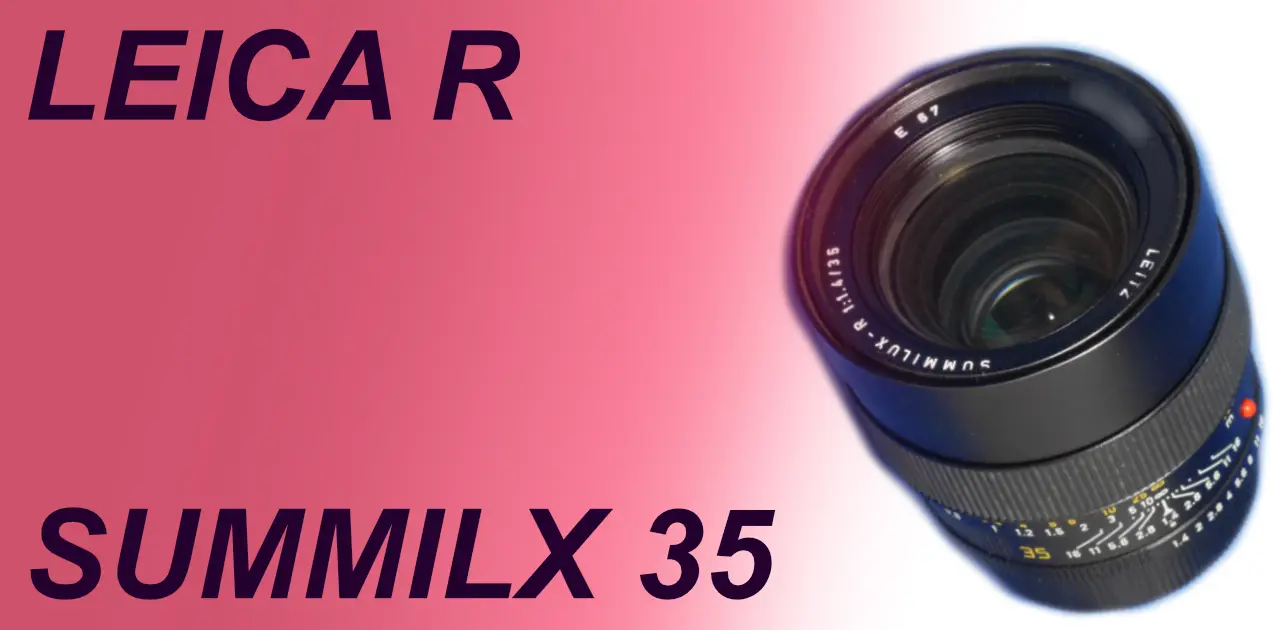
This is a review and photo examples using the LEICA R SUMMILUX 35mm F1.4 with film and digital cameras.
Table of contents
Gallery
- The sample photos were taken with a LEICA R8 + KODAK ProImage 100 (negative film).
- The sample photos were taken with a LEICA SL typ601 (mirrorless digital camera)
Review
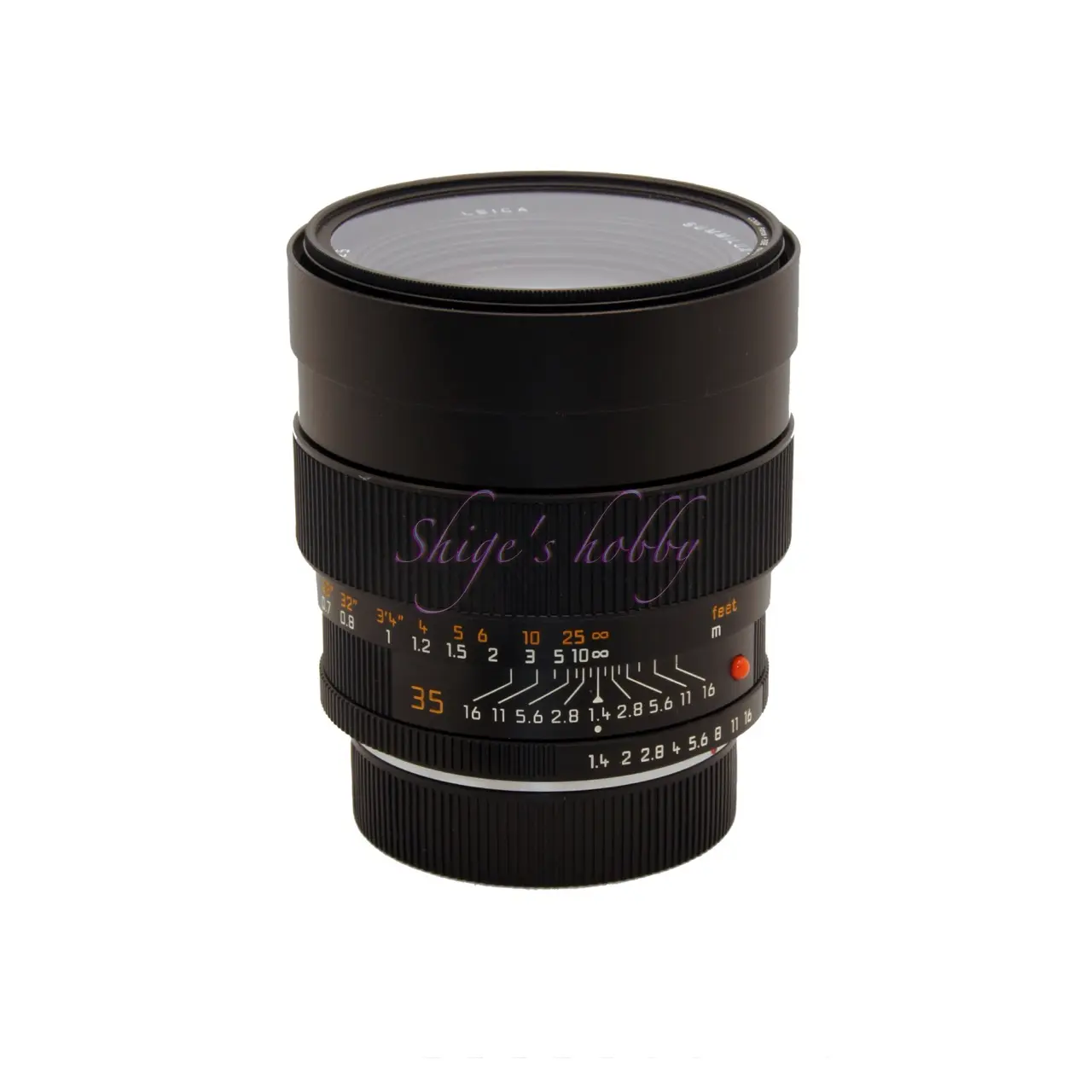
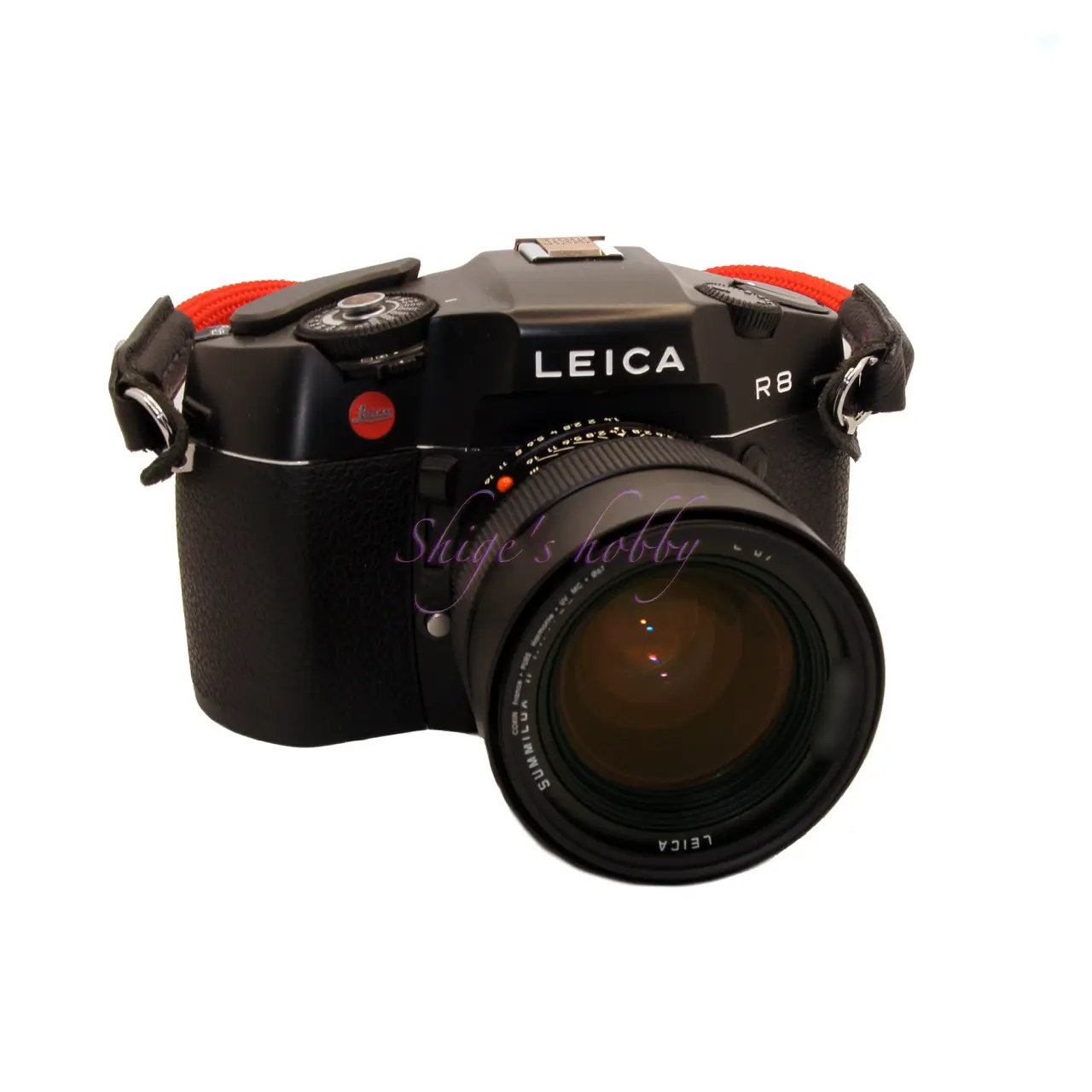
1.Overview
The Summilux R 35mm is a 35mm focal length Leica R mount lens released in 1983 at the end of the R mount.
About 6,500 were manufactured in the 20 years up until 2003, when records remain.
The main specifications are as follows, and detailed specifications are listed in the table.
- Maximum aperture: 1.4
- Lens construction: 10 elements in 9 groups
- Aperture blades: 10
- Minimum focusing distance: 0.5m
- Filter diameter: 67mm (E67)
- Hood: Built-in
The old Summicron R 35mm, which has the same focal length, was manufactured in 1970, and the new one in 1976, so both are lenses from the 1970s, and the Summilux released in 1983 can be said to have been a long-awaited lens.
The Leica M-mount Summilux was released in 1967 as a spherical Summilux, followed by the rare hand-polished aspherical Summilux in 1988. This spherical R-mount Summilux was released in between, making it an interesting lens when considering the history of the 35mm Summilux.
2.Usability
The Summilux R 35mm is equipped with a built-in hood, has a filter diameter of 67mm, and is made up of 9 groups and 10 elements. It weighs nearly 700g and is quite heavy. Therefore, it is easy to use when attached to a large body such as the Leica R9 or R8.
As for digital cameras, it matches well with the large body of the LEICA SL typ601. I also attached it to the α7 series, but the body felt cheap. It cannot be used with the EOS-1Ds series because the mirror is viewed from the rear of the lens.
The beauty of the Summilux R 35mm is that it has a good balance of sharpness and softness that can be used with both digital and film cameras.
With digital cameras, depending on the subject, the distortion of the depiction in the corners can be a bit of a concern.
With film, whether it is color negative, color positive film, or monochrome, it shows unique colors and tones, making it a lens worth using.
It has sufficient resistance to backlighting, and there are few problems even in scenes where sunlight enters.
Because it is a lens for a 35mm SLR camera, the lens is large, but the back focus is long and the lens aperture is large, so there is less vignetting, which is a plus.
3.Summary
The three Summilux brothers
The R-mount F1.4 lenses are available in three sizes: 35mm, 50mm, and 80mm, for a total of four different lens types.
The old 50mm model was released in 1970, and was available with or without a hood. By the time production ended in 1995, about 35,000 lenses had been produced, making it the most popular Summilux on the used market.
A decade later, in 1980, the medium telephoto, large aperture Summilux 80mm was released. By the time production ended in 2009, about 13,000 had been produced, making it a lens that is relatively easy to find on the used market.
Three years later, in 1983, the Summilux 35mm was released. It is a large lens, almost the same size as the medium telephoto Summilux R 80mm. It is recorded that about 6,500 units were produced by the time production ended in 2009.
The new Summilux 50mm lens released in 1997 was larger than the old Summilux 50mm, but had a smaller lens barrel than the other two lenses, making it the youngest lens in terms of the year of its release. There are records of 2700 units being made.
Mount Adapter
I first got this lens in the 3-cam version and used it with a METABONES Speed Booster 1 on a Fujifilm X-PRO1. Because the rear lens of the lens does not protrude much, it was possible to attach and use it with a Speed Booster that has a lens inside the mount. With a focal reducer type adapter, the lens is placed inside the mount adapter, so lenses whose rear lens protrudes more than the mount may interfere and not be usable. If attached carelessly, the lenses may collide and get scratched, so care must be taken.
The Speed Booster I was using could not be attached to the new Summicron R 35mm. This was because the rear lens guard was interfering with the mount adapter.
Mount adapters with focal reducers use a built-in lens to expand the focal length, so you cannot fully enjoy the original image of the lens.
In the end, I got a LEICA M typ240 to enjoy this lens on a 35mm full-frame sensor and started using it on that.
After that, I got a LEICA SL typ601, and when I used the genuine Leica mount adapter, Leica R-Adapter L (16076), I could transfer lens information to the camera if the lens had a ROM terminal, so I sold the 3CAM lens and got one with a ROM terminal. The LEICA T series and LEICA CL can also transfer information in the same way. The information is recorded in the EXIF of the shooting results, so it is easier to organize the shooting results compared to when using lenses before the R cam.
The cameras I used were different, the ROM terminal and the 3CAM, but as far as I can see from the data I have, the atmosphere of the captured images is the same and I don’t feel there is a big difference between the two.
The CANON EOS1Ds Mk III seems to have a protruding rear lens that interferes with the camera sensor, and when I attached the lens, the EOS displayed an error and I couldn’t take a picture.
When I used it with the HASSELBLAD X1DII and X2D, there was a fair amount of vignetting in the four corners. Since it originally covers a width of up to 36mm, when vignetting is removed from the shooting result, the usable limit of the 44 x 33mm digital medium format sensor in the Leica version of 3:2 is calculated to be about 41.2 x 27.5mm. In the traditional Hasselblad 1:1, it fully covers 33 x 33mm.
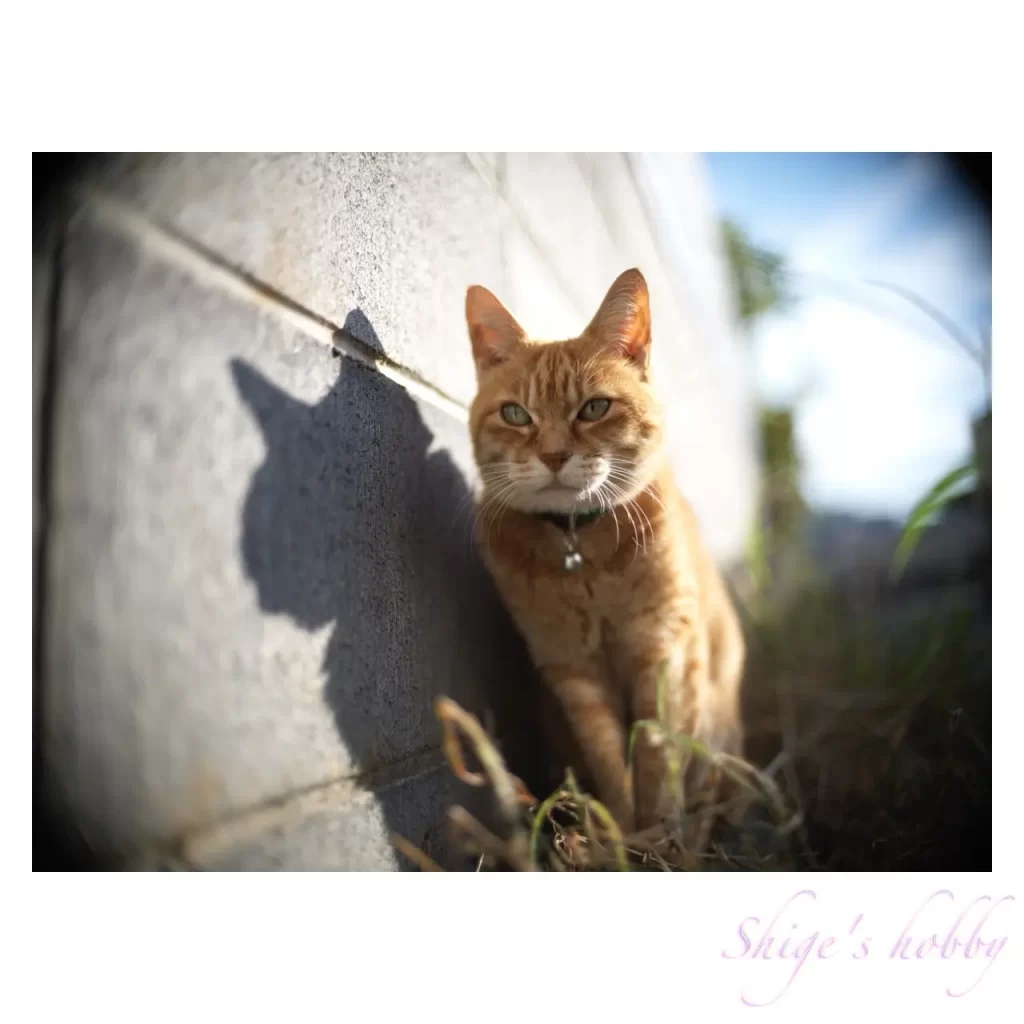
Specification and Competitor
Bright focal length 35mm
The 35mm F1.4 specification is a popular lens specification released by both major camera manufacturers and third-party lens manufacturers. In the modern 2020s, 35mm F1.4 lenses have become larger due to the demand for high performance.
Personally, I would like the lens size to be kept at the same level as the Summilux 35mm F1.4.
Large-aperture 35mm lenses are lenses that show the individuality of each company, and it is fun just to compare the lens configuration diagrams released by manufacturers.
I would like to compare the Summilux 35mm F1.4 with the DISTAGON T* 35mm F1.4 released in 1975.
The Summilux has a luxurious lens arrangement in the front group, while the Contax has a simple one. Although the rear group has a slight difference in arrangement, they use four lenses and have a similar format.
The lens specifications are the same, so the size is almost the same, and although the two lenses were released about eight years apart, they are appropriate for comparison because, unlike today, lenses were released at a slower pace in those days.
Looking at the MTF, at full aperture, the Summilux has peaks in the center and periphery, covering areas that are easy for the eye to reach and drawing lines that make the whole look flat. It seems to be suitable for long-distance compositions such as landscapes. Since the minimum shooting distance is 50cm, there are many long-distance structures, so this characteristic seems appropriate.
In contrast, the Contax has a gentle drop from the center to the outside, so it is suitable for making the subject in the center stand out, and since the minimum shooting distance is 30cm, it seems like it will produce impressive depictions when the subject is close up.
I can feel the difference in character between the Leica and Zeiss.
- The lens construction diagrams are taken from each company’s PDF, and the sizes have been adjusted based on the external dimensions, so they are not exact.
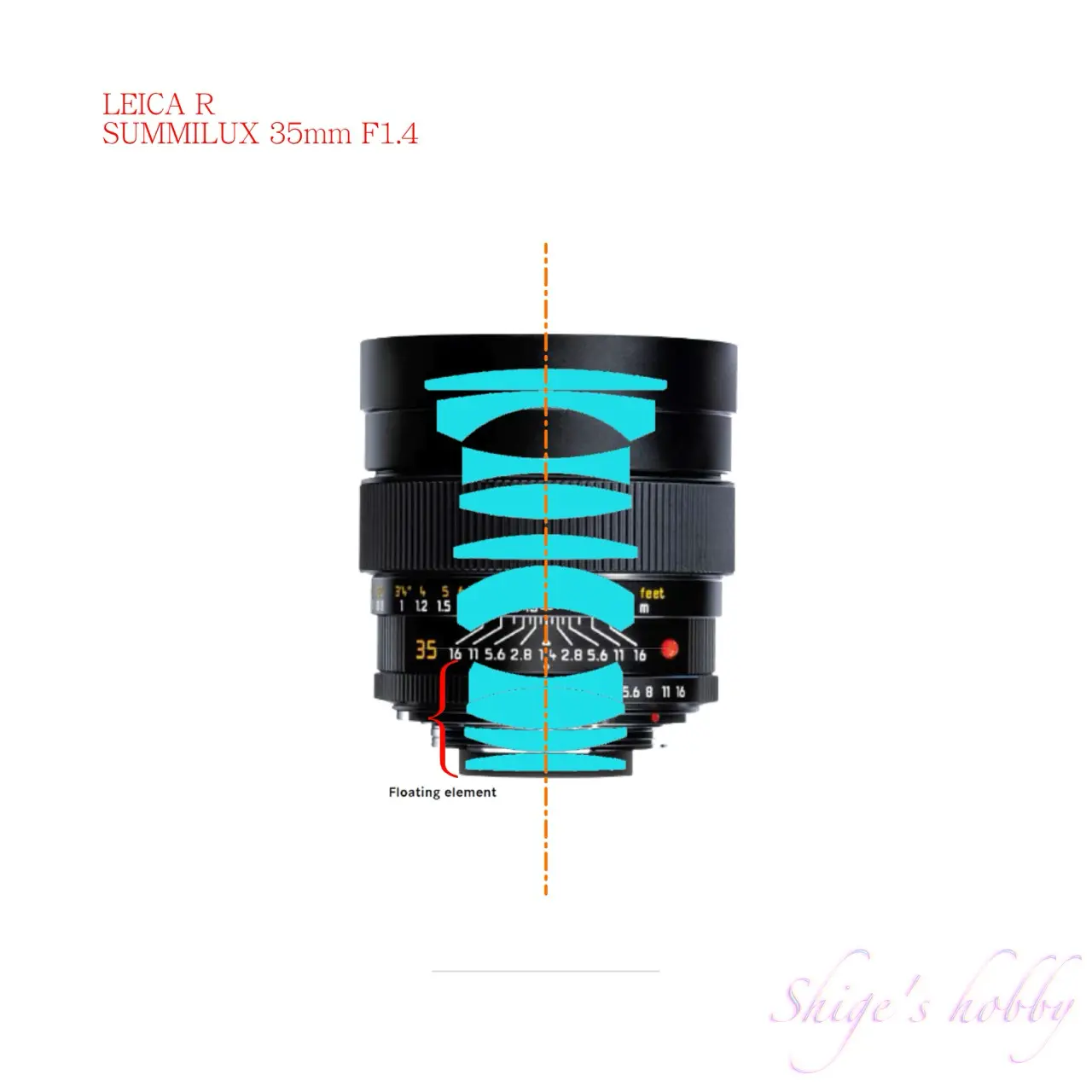
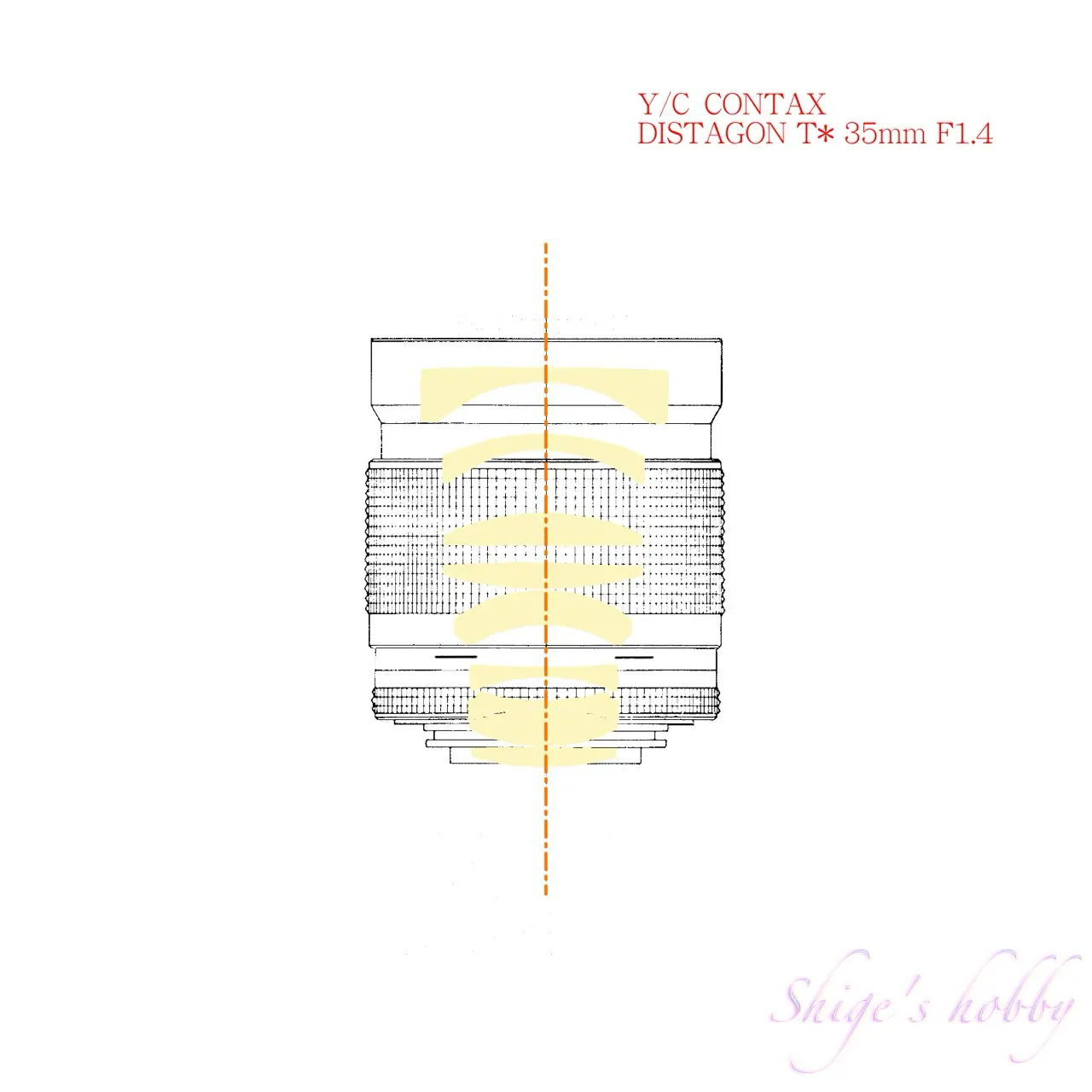
| Item | Value | note |
| focal length(mm) | 35 | |
| Maximum aperture | 1.4 | |
| Minimum aperture | 16 | |
| Lens configuration | 10-elements 9-groups | |
| Leaf blade | 10 | |
| Minimum distance(m) | 0.5 | |
| Lens length(mm) | 75 | Distance from mount frange |
| Lens max diameter(mm) | 76 | |
| Filter diameter(mm) | 67 | |
| Weight(g) | 685 | |
| Release date | 1983 *1 | |
| Production numbers | 6,492 *1 |
Reference links
Update history
- 2024.8.20
- 2024.02.13:Update article
- 2023.12.07:Photo example add
- 2022.12.11:First draft
Affiliate links
- Amazon Affiliate Link Leica Lens
- Amazon Affiliate Link Leica Books
- Amazon Affiliate Link / Classic Camera Specialty

Leave a Reply